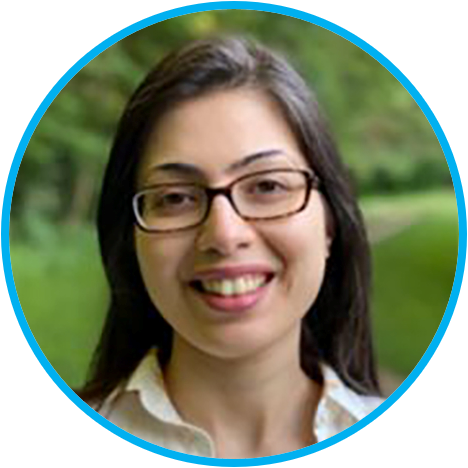Biography
Shruti received a Ph.D. in Applied Physics from Stanford University in 2014 after which she conducted postdoctoral research at University of Sherbrooke from 2014-2017 and at Yale University from 2017-2020. Her research centers around the theory of quantum information processing, quantum optics, quantum control of open quantum systems, quantum error correction, and quantum algorithms.
Shruti Puri, PhD, is a theoretical quantum physicist working at the forefront of the fields of quantum computing and quantum information science. Puri’s theoretical treatment of error (noise) in quantum computing systems blends ideas from quantum physics with methods from computer science in an effort to preserve the fragile ecosystems of the quantum world from noise. Puri’s research aims to make these quantum computing systems more robust in the face of noise, and her results to-date have yielded some of the most important breakthroughs in the field in over a decade. Her landmark theoretical discovery of a new type of quantum bit (qubit) has established a completely new way to store information in quantum computers. This new type of quantum bit—widely known across the field as a Kerr-cat—stores information in microwave photons (quanta of light). This new type of quantum bit is tailored to be robust against most errors induced by the environment and the few remaining errors become relatively easy to correct.

